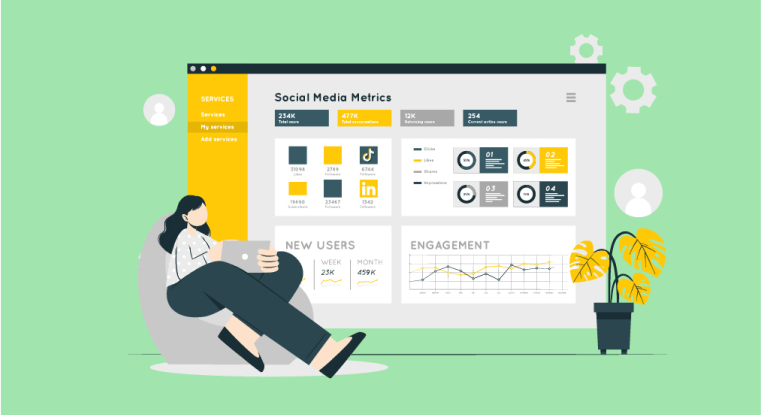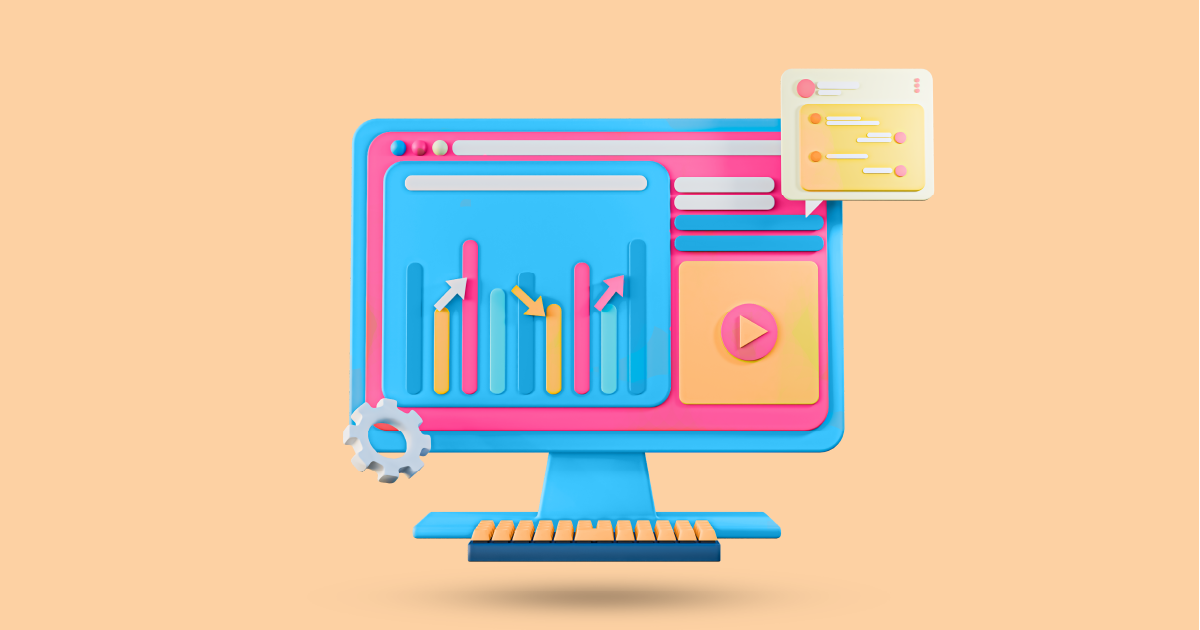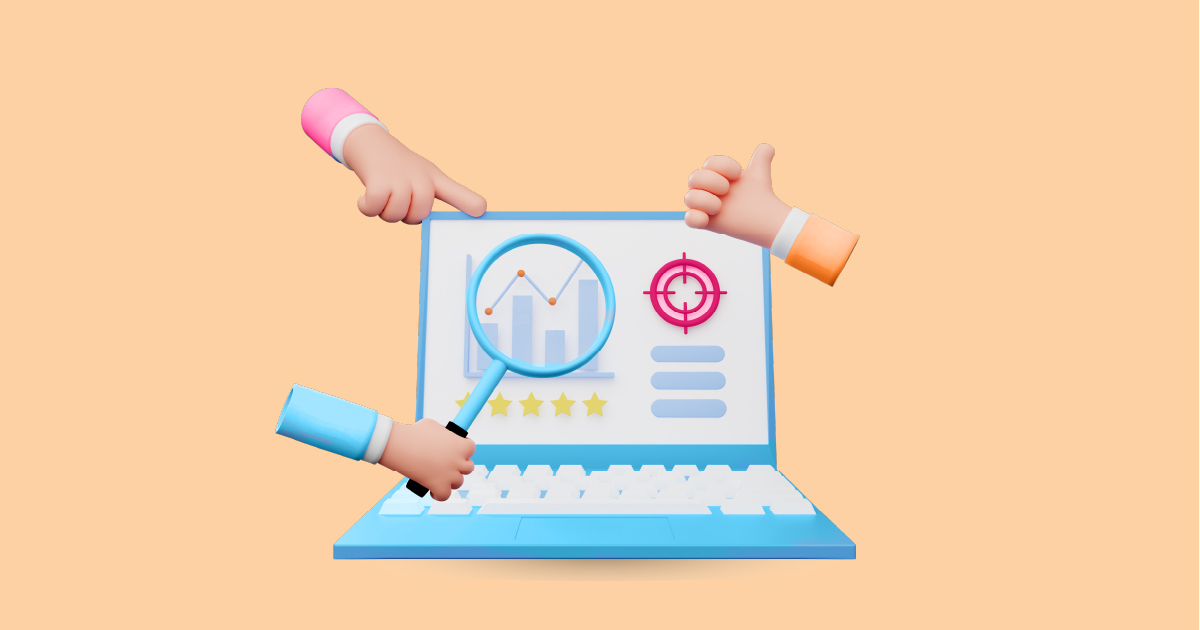In the era of digital transformation, data is the new gold. But simply having data isn’t enough; businesses need the right tools to analyze it effectively. Enter media analytics software. This powerful tool allows organizations to sift through vast amounts of information, drawing meaningful insights that can guide strategies and enhance performance. But what exactly is media analytics software, and why is it so essential for businesses today?
What is Media Analytics Software?

Media analytics software refers to tools designed to collect, analyze, and interpret data from various media channels. This includes social media platforms, websites, digital content, and more. By leveraging these insights, businesses can make data-driven decisions that align with their goals.
Importance of Media Analytics in Business
In a world where every click, share, and comment matters, understanding audience behavior and preferences is crucial. Media analytics enables businesses to identify trends, measure campaign effectiveness, and tailor content to meet customer needs. In essence, it transforms raw data into actionable insights.
Understanding Media Analytics Software
Definition and Scope
At its core, media analytics software provides businesses with the tools to measure the performance of their media channels and campaigns. This software analyzes various forms of media data, helping organizations understand their audience and optimize their marketing efforts.
Types of Media Analytics Software
Different types of media analytics software cater to various needs. Here are a few key categories:
Social Media Analytics
Social media analytics tools focus on measuring engagement, reach, and sentiment across platforms like Facebook, Twitter, and Instagram. They help businesses track their social media performance and adjust their strategies accordingly.
Web Analytics
Web analytics software, like Google Analytics, tracks website traffic, user behavior, and conversion rates. This information is vital for optimizing websites and improving user experience.
Content Analytics
Content analytics tools measure how well content performs across different platforms, helping businesses understand which types of content resonate most with their audience.
Video Analytics
As video content continues to dominate, video analytics tools provide insights into viewer engagement, retention rates, and overall performance.
Key Features of Media Analytics Software
Data Collection and Integration
A robust media analytics tool should seamlessly collect data from various sources, integrating them into a centralized dashboard for easier analysis.
Real-Time Analytics
The ability to access real-time data allows businesses to react swiftly to changes in audience behavior and market trends.
Visualization Tools
Effective visualization tools present complex data in an easily digestible format, making it simpler for stakeholders to understand insights and trends.
Reporting and Dashboards
Customizable reports and dashboards provide a snapshot of performance metrics, helping teams stay informed and make data-driven decisions.
Sentiment Analysis
Sentiment analysis tools gauge public perception by analyzing user comments and feedback, providing insight into brand reputation.
Benefits
Enhanced Decision Making
With data-driven insights at their fingertips, businesses can make informed decisions that enhance their strategies and improve outcomes.
Improved Marketing Strategies
Media analytics software allows for precise targeting, helping businesses refine their marketing efforts to reach the right audience.
Increased ROI
By measuring the effectiveness of campaigns, businesses can allocate resources more effectively, resulting in better return on investment.
Customer Insights and Engagement
Understanding customer behavior and preferences fosters deeper engagement and loyalty, ultimately driving sales.
Competitive Advantage
Staying ahead of trends and understanding the competition allows businesses to adapt and innovate, ensuring they remain relevant in their industry.
How to Choose the Right Media Analytics Software
Identify Your Needs
Before diving into the world of media analytics software, identify what you want to achieve. Are you focused on social media performance, web traffic, or content effectiveness? Knowing your goals will guide your choice.
Scalability and Flexibility
Choose software that can grow with your business. Scalability ensures that as your needs evolve, your analytics tools can adapt.
User-Friendly Interface
A user-friendly interface is crucial for effective data analysis. If the software is too complex, your team may struggle to use it effectively.
Customer Support and Training
Strong customer support and training resources can help your team maximize the software’s potential, ensuring a smoother transition and implementation.
Pricing Models
Consider your budget. Many software options come with various pricing models, so choose one that aligns with your financial capabilities.
Popular Media Analytics Software Solutions
Google Analytics
A widely-used tool for web analytics, Google Analytics provides insights into website traffic and user behavior.
Hootsuite
Hootsuite offers comprehensive social media management, including robust analytics for measuring engagement across multiple platforms.
AIM Insights
AIM Insights provides social media analytics, reporting, and engagement tools to help businesses manage their social presence.
SEMrush
Known for its SEO capabilities, SEMrush also offers social media and content analytics to optimize overall marketing strategies.
Adobe Analytics
A powerful tool for enterprise-level businesses, Adobe Analytics provides deep insights into customer behavior and marketing effectiveness.
Integrating Media Analytics Software into Your Business
Setting Clear Objectives
Before implementing media analytics software, set clear objectives for what you aim to achieve. This will guide your analytics efforts and ensure alignment with your business goals.
Training Your Team
Investing time in training your team is crucial. The more familiar they are with the software, the better they can utilize its features to benefit the business.
Monitoring and Adjusting Strategies
Use the insights gained from media analytics to continuously monitor and adjust your strategies. The digital landscape is ever-changing, and flexibility is key.
Challenges
Data Overload
With so much data available, it can be overwhelming. Businesses must focus on the most relevant metrics to avoid analysis paralysis.
Ensuring Data Quality
Quality matters. Poor data quality can lead to inaccurate insights, so businesses must implement strategies for data validation and cleansing.
Privacy Concerns
With growing concerns about data privacy, businesses must ensure compliance with regulations and protect customer information.
Keeping Up with Trends
The media landscape is dynamic. Staying informed about emerging trends and technologies is essential for maintaining a competitive edge.
Future Trends
AI and Machine Learning Integration
As AI and machine learning continue to evolve, expect media analytics software to incorporate these technologies for deeper insights and predictive analytics.
Enhanced Data Privacy Measures
With increasing regulations, businesses will need to prioritize data privacy, implementing robust measures to protect user information.
Predictive Analytics
Predictive analytics will allow businesses to anticipate trends and consumer behavior, enabling proactive decision-making.
Greater Focus on Customer Experience
Future media analytics will increasingly emphasize understanding the customer journey and enhancing overall experience.
Conclusion
Media analytics software is more than just a tool—it’s a game-changer for businesses looking to thrive in a data-driven world. By harnessing the power of analytics, organizations can make informed decisions, optimize their strategies, and ultimately drive growth. Don’t miss out on the opportunity to elevate your business through effective data utilization.
Ready to see how media analytics can transform your decision-making process? Contact AIM Technologies today for a demo and discover the capabilities that can take your business to the next level!
FAQs
What is a media analytics software used for?
- Media analytics software is used to collect, analyze, and interpret data from various media channels to inform business decisions.
How does media analytics improve marketing strategies?
- By providing insights into audience behavior and campaign performance, media analytics helps businesses refine their marketing strategies for better engagement.
Can small businesses benefit from media analytics?
- Absolutely! Media analytics offers valuable insights that can help small businesses understand their audience and optimize their marketing efforts.
What are the key metrics to track in media analytics?
- Key metrics can include engagement rates, conversion rates, website traffic, and customer sentiment.
How often should I review my media analytics data?
- Regularly reviewing your media analytics data, ideally on a monthly or quarterly basis, allows you to stay informed and adjust your strategies accordingly.




